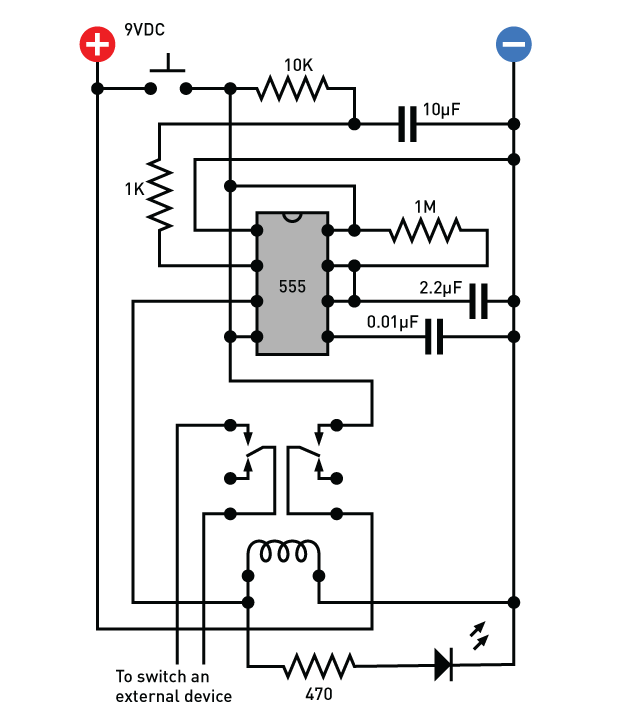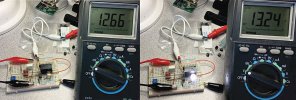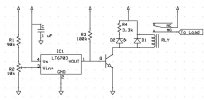Lola
Well-Known Member
- Joined
- Jul 16, 2016
- Messages
- 1,111
- Reaction score
- 617
- Location
- Maryland
- Country
- United States
- Dash Cam
- Mobius, A119
I sketched up a circuit that should do what you want. It uses a micro power voltage comparator with internal reference. This setup should draw less than 1 mA when idle. You can further lower this even further by increasing the resistor values though it may be more prone to electrical noise. The only only drawback is that the LT6703 comes only in non-DIY friendly form factor. The circuit can be connected either to always live (direct to battery) or switched power. The idea is that the relay is only energized when the feed voltage is greater than some value like 13.3 V (you can adjust using the potentiometer). That way, the camera will only power up when the motor is running.
View attachment 36001
I'll order parts and do a test build soon.
Is something like this already made by anyone? If not please show your parts with enough information that I/others can order the parts and get someone to build it, if you have the time. As I said before I wouldn't have the slightest idea how to start something like making this.




